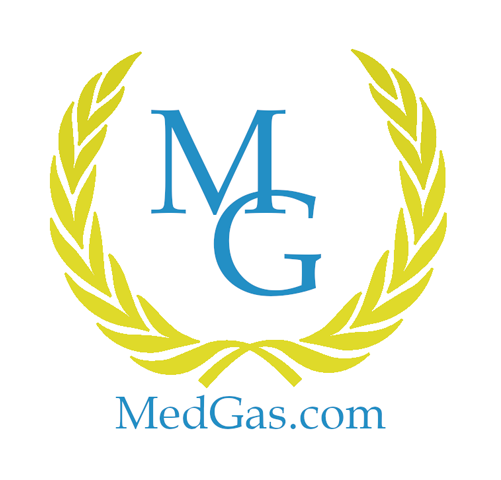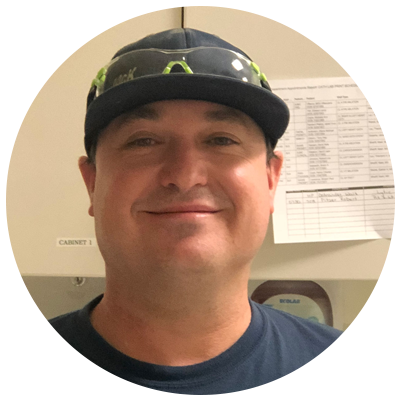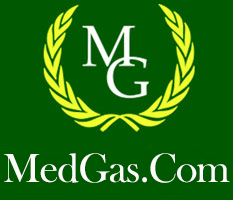We are passionate about MedGas
Serving: Idaho, Oregon, and Washington
MedGas.com connects with your facility training director to create an approved MedGas program where your facilities personnel can take all or part of the courses to service your MedGas equipment.
we provide
MedGas equipment
for hospitals
About
us

About us
Our founder and President Jim Brusse has been involved with cryogenics since 1985 and MedGas focused since 2007. Jim’s vision and never settling for a standard set of procedures has led the team at MedGas.com to find, test, and evaluate the newest products in the MedGas industry.
Our Services
MedGas pipeline, MedGas Verifications, and MedGas Education
Hospital
Approved MedGas training
Annual MedGas inspections
Hoses, Flow Meters, Suction Devices
MedGas Installer
ASSE 6010 MedGas installer classes
Pipeline, and Source Equipment
Lokring, MediTrac, Analyzers, brazing rings
Installer kits, tools, forms
Forum
MedGas Verifier
Analyzer kits
Tools and forms
Forum
Testimonials
What our clients say
Our relationship with medgas.com started when we couldn't find a retrofit to our existing outlets through any vendors. We had been looking for several years and after discussion at a conference Jim Brusse "guaranteed" us that they had a solution. Years of road blocks suddenly vanished, they had the outlet kit and it worked perfectly. After this success we tried products such as LOKRING fittings, which saved us lots of time and money. Between the level of knowledge and products available I have to say that medgas.com is the ultimate resource for all things medgas.

Recently we took the ASSE 6010 Medical Gas installer course from Jim Brusse, he is an amazing instructor. Going into the class we knew we had weak areas in our knowledge Jim took the time in both the code book and on the white board to explain what we needed. Jim doesn’t use power points or boring movies he does it solid with his live presentation. Jim comes prepared with daily homework, tests, and assignments to get you ready. We are looking forward to using MedGas.com for our verification on our projects.

Dealing with Jim and Kathy at MedGas.com has been a breath of fresh air. The services and knowledge they provide are bar none the best in the med gas field. The Lokring fittings Jim supplies has been critical in saving hundreds of man hours. Jim's high standards and no nonsense approach are why he's my first call day or night for med gas inquiries.












